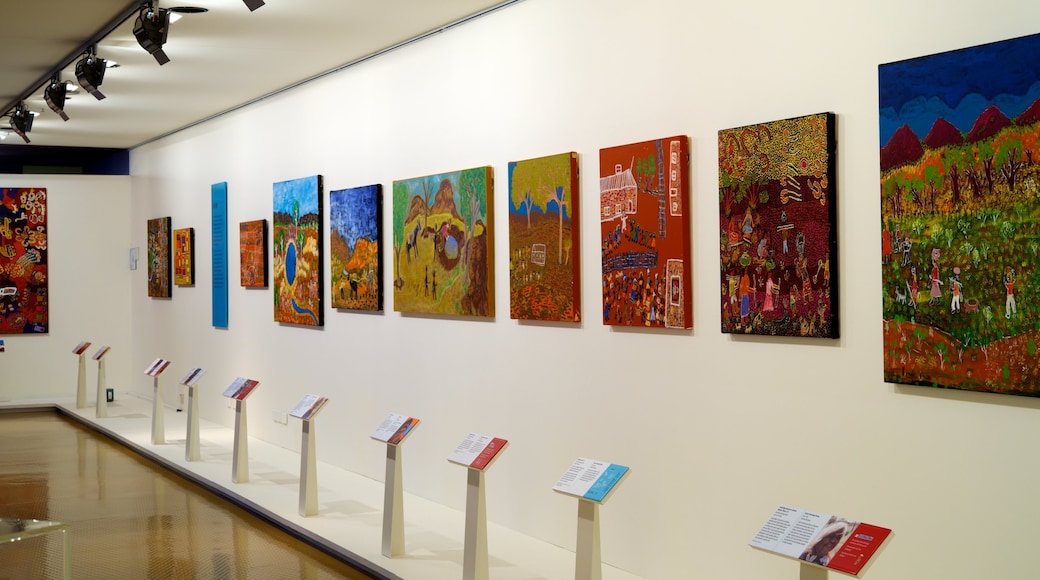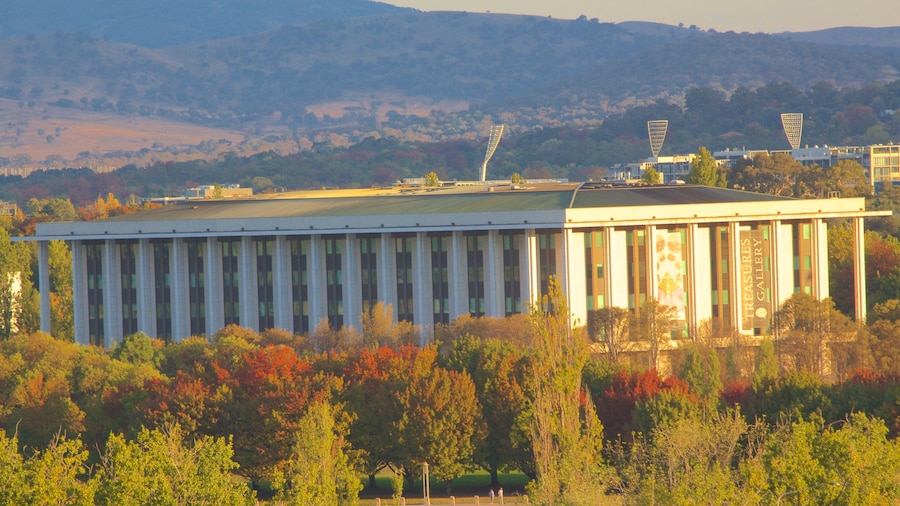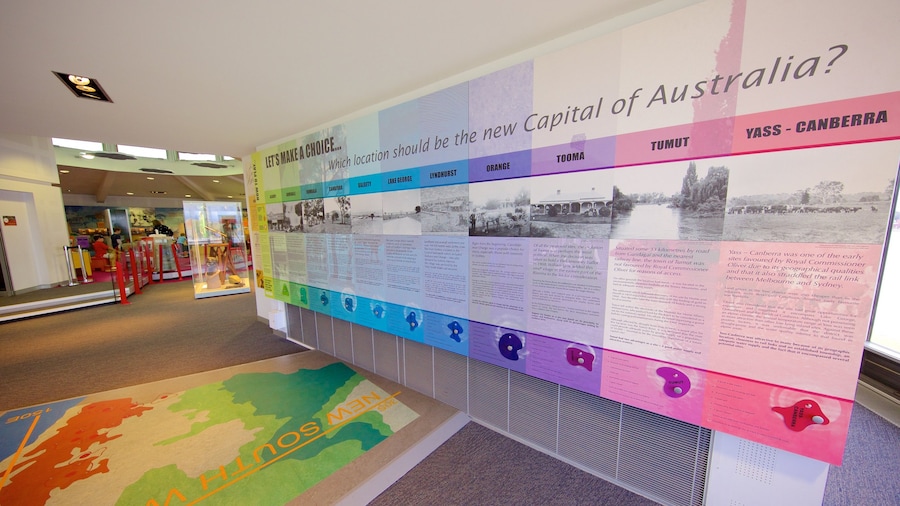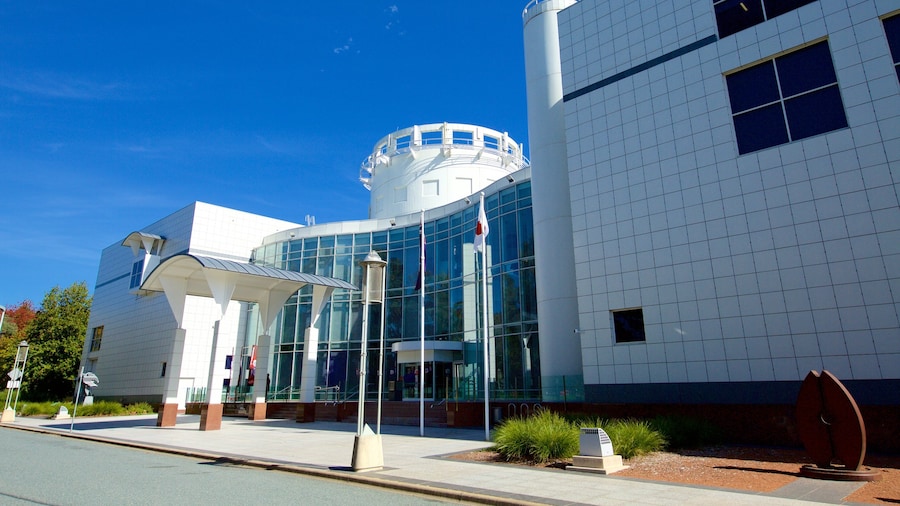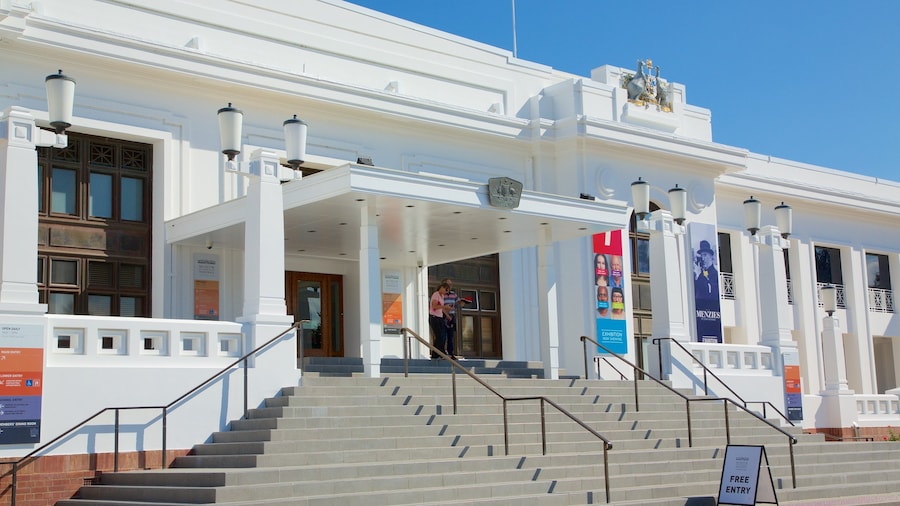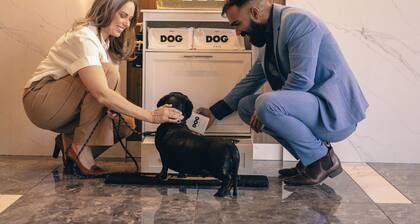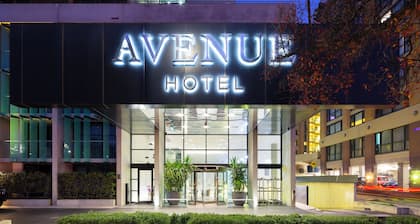The National Museum of Australia documents and interprets the country’s history. It occupies an enormous multicoloured building designed to reflect the different stories of Australia’s past and present. The museum holds thousands of items across dozens of exhibits. They cover everything from Aboriginal history to gold mining, immigration and industrial growth.
The indigenous halls have artifacts from Aboriginal communities across the country. There are stone tools from past millennia, shields, boomerangs and carved axes. You’ll also see famous artworks from the Papunya region, goods exchanged between European settlers and native people and significant items from recent indigenous history.
In the exhibits documenting the exploration of Australia you’ll get to look at maps from the time when there was only speculation about a southern continent. See a cannon thrown overboard from Captain Cook’s ship in the 18th century and read up on inland expeditions.
Check out the huge range of colonial artifacts, including convict tokens, old furniture and weapons. There are gems like a document written by infamous highwayman Ned Kelly and the last pair of dueling pistols ever used in the country.
The agriculture and environment sections feature exhibits about rural life, while the country’s engineering feats are on show in the industrial galleries. The museum is also home to a great collection of vintage cars and one of the world’s oldest functioning paddle steamers. Take a break in the Garden of Australian Dreams, a garden built around a massive, to-scale map of a region in Central Australia.
History buffs should attend one of the frequent lecture series or a special exhibition. Check the museum’s website for details.
The National Museum of Australia is on the Acton Peninsular, about 1.5 miles (two kilometers) southwest from Canberra’s central business district. It’s open every day except Christmas Day. Admission is free, and guided tours are available for a small fee. There is free parking on-site for four hours. ACTION buses from Canberra’s central business district service the museum.




